Activities to Teach Pronouns to Children
Activities to Teach Pronouns to Children
This blog is on Activities to Teach Pronouns to Children. Further, a child develops speech-language milestones step by step in a particular developmental order. Pronouns emerge at around the age of 19-24 months. Similarly, one of the components of language development is to understand the rules of his/her native language grammar and use it appropriately. Additionally, Pronouns are one of the parts of speech, they are substitutes for nouns. Therefore, if there is a noun that is repeated many times in a sentence/paragraph/conversation; a pronoun can be used to refer to the noun. Finally, there are many types of pronouns, some of which are mentioned below.
- Personal pronoun [subject] – I, you, he, she, it, one, we, you, they
- Personal Pronoun [Object] – Me, you, him, her, it, one, us, you, them
- Possessive adjectives- my, your, his, her, its, one’s, our, your, their
- Possessive Pronoun- mine, yours, his, hers, its, one’s, ours, yours, theirs
- Reflexive Pronoun- myself, yourself, himself, herself, itself, oneself, ourselves, yourselves, themselves
Helping your child learn different types of words is very important. You can use the below described enjoyable simple activities to enhance understanding and expression of pronouns.
Activities to Teach Pronouns to Children
Talk about photographs
Teach: comprehension and expression of pronouns he, she, they, I, we, our, and you
First, Take out family photos and have fun talking about the pictures. Next, Encourage the child to describe the pictures using pronouns.
Such as: “Look at Grandma, she is wearing a brown dress”. “I am wearing a green dress”
Help me to sort
Teach: comprehension and expression of pronouns his, her, mine, my, your, their, yours
Firstly, Bring teaching in daily routine work, involve the child with you when you are sorting clothes after laundry. Secondly, Encourage the child to help you find out whose clothes it is and put it in “his/her cupboard”.
Guess who this is?
Teach: Comprehension and expression of pronouns he, she, and it
A family group game is always fun. Now, Have secret chits of family members’ or friends’ names/photographs in a bowl. Then, Each one of them has to take turns to describe the person whose/photograph/name is on the chit without relieving the name of the person. Also, Whoever will guess the name right they are winners
Example-
Mother says “He is the one who plays with his friend, he goes to school, he likes reading storybooks, He is wearing a blue shirt now”
Child- “It is my elder brother”
Similarly, you can also have names of objects; the group has to guess the object described by the person. Example: “It is a thing which we can use to eat, it is round in shape, and we wash it after we finish eating in it” [Answer- plate].
Create your story
Teach: Comprehension and expression of pronouns he, she, it, they, them
Firstly, Engage the child in fun creative activities such as creating a story from 3-4 related elements. Secondly, Let the child create a story by choosing the character [he or she] and connect the items with the activities of the character/s.
For instance, with the following story elements, the main character is a girl. Then, The story goes as follows
“One day a girl went to a park by cycle. She saw so many butterflies in the park. She liked them very much, so she took a picture of butterflies with her phone”.
You can also create a story and narrate a story using the quiet book.
Let us pretend play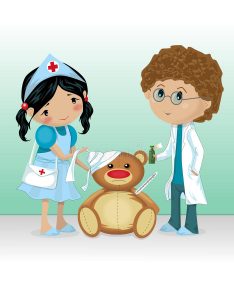
Teach: Comprehension and expression of pronouns he, she, it, they, them, you, I, we, etc.
Pretend play is so much fun and engaging to kids. Pick up a scene and each will take up different roles. Initiate conversation based on the content and encourage the child to use sentence structures with appropriate pronouns. Take care to highlight pronouns when you are using sentences
Here is a brief conversation during pretend play [Doctor]
Child [Doctor]: What happened to you?
You [Patient]: I have hurt in my knees
Child [Doctor]: How did you get hurt? And so on.
Match up the dress
Teach: Comprehension and expression of pronouns her, his, etc
Fun cut-paste activities can make learning more fun. Use a dress-up game, have a picture of a girl and boy. Cut clothe sets of different colors. You arrange the cutouts of the dress for the girl/boy and let the child complete the pattern by guessing whose dress it can be. Encourage this activity with 2 or more girl and boy pictures.
Puzzle cards
Teach: Comprehension and expression of pronouns her, his, its and their, etc.
A simple puzzle-solving can be made to associate respective pronouns with the objects.
Take a print of the [target scene] person and object, cut it into two jigsaw puzzle shapes. Take care to highlight the Subject [pronoun] and the object in the picture. Add their names to enhance sight word learning as well.
Shuffle the cut pieces and enjoy puzzle solving and learning time.
Find our house!
Teach: Comprehension and expression of pronouns our, we, their, they, it
Go on a walk with the family. In other words, Motivate your child to help you find the way back home [our home]. Additionally, In a parallel talk to the child by asking whether this is “our house?”/ “their house?”.
A sample conversation can be as follows-
Child: This is our house, it is white in color
Parent: Yes you are right it is white, but, it is their house. It is not our house because it has a red color roof. We have a blue roof for our house.
Some general tips:
- Further, Speak to your child about concept [pronouns] you want to teach, in as many different situations during the day- at home, during the play at the park, while shopping, etc.
- Therefore, Use games, toys, social situations to teach the child the target words. Alos, Find some more tips in our blogs.
- Furthermore, use speech journals to note down progress.
- Activities to Teach Pronouns to Children - April 8, 2021
- Activities for Kids with Auditory Processing Disorder - February 22, 2021
- Coping with Adults with Stroke During COVID-19 - November 10, 2020

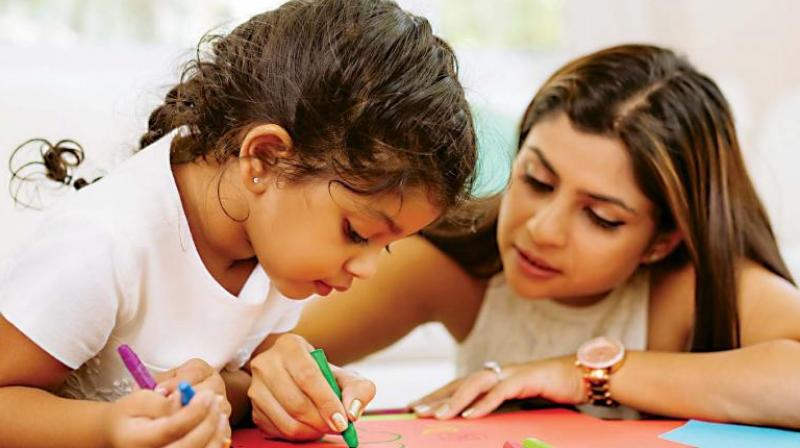


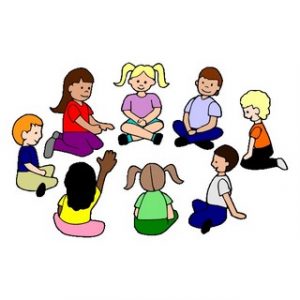

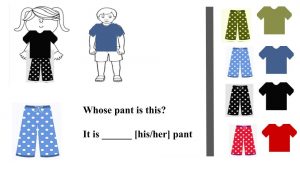
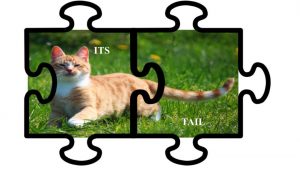
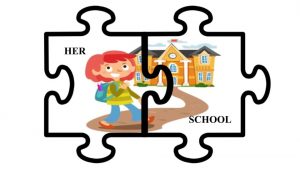
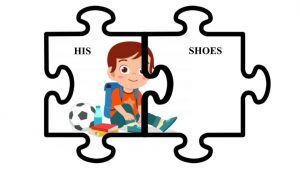
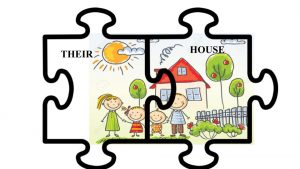


Leave a Comment
(0 Comments)